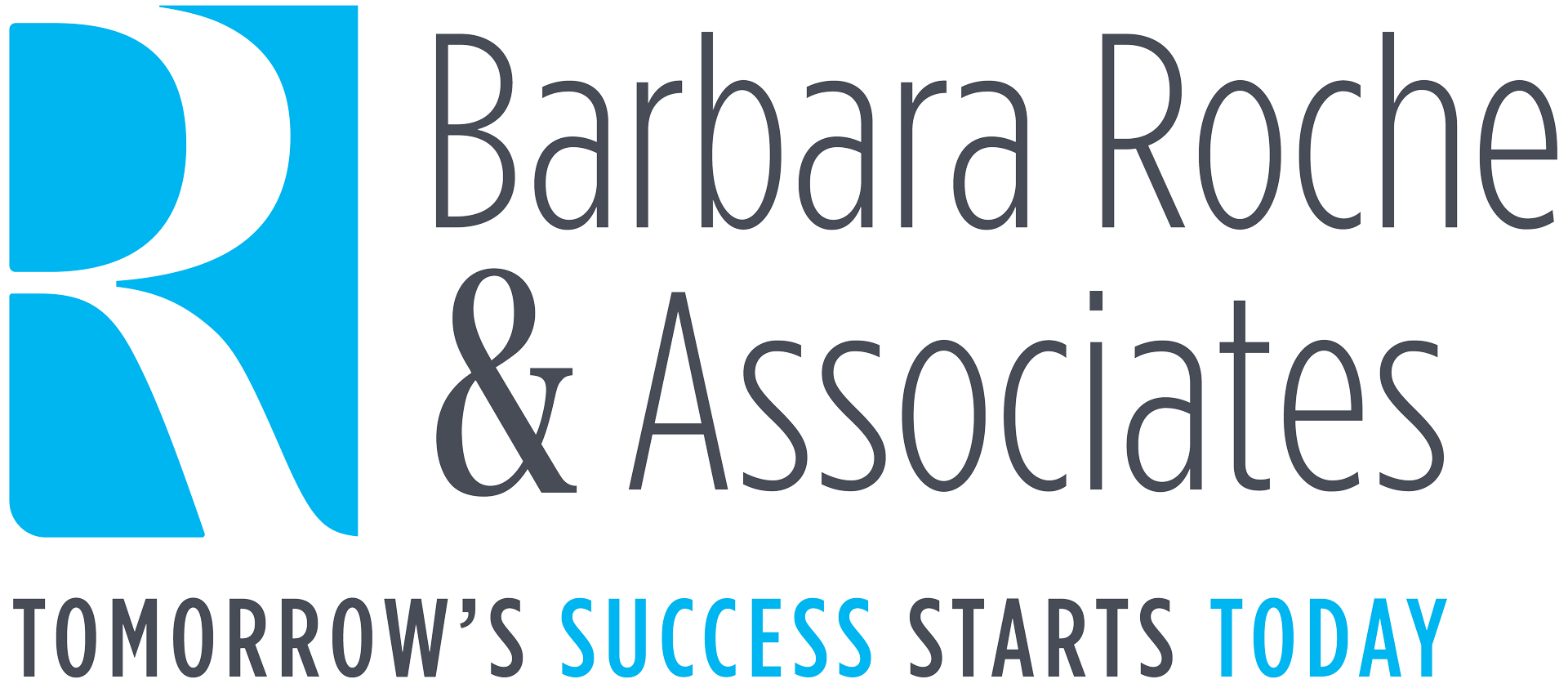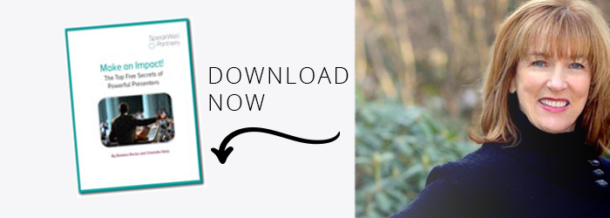 There I was, in the middle of the most bizarre presentation I’ve ever given. People coming in 30 minutes late, working on their laptops, leaving to take a call, phone ringers set to the highest volume and the most obnoxious ring tones…it was as if I was attending a large networking event at a national conference. Or working with a group of adults with the worst case of attention deficit. And then it happened: The Screenshot Moment.
There I was, in the middle of the most bizarre presentation I’ve ever given. People coming in 30 minutes late, working on their laptops, leaving to take a call, phone ringers set to the highest volume and the most obnoxious ring tones…it was as if I was attending a large networking event at a national conference. Or working with a group of adults with the worst case of attention deficit. And then it happened: The Screenshot Moment.
You know that point in the presentation when the speaker says something completely relevant to your world and the slide being shown is attention-grabbing and too delicious to let slip by. So you reach for your phone and take a picture. I admit, as a presenter, I live for these moments now. It’s instant feedback that all my hard work to customize the presentation to that particular audience paid off.
Here’s the best part: after everyone took their photos, they started paying attention! Sitting up in their seats, offering helpful comments. They even answered my questions. So how do you create a screenshot moment? Here are five tips:
- Don’t use off-the-shelf content or visuals. You need to align your deck and your remarks to that particular audience so they resonate with your listener’s needs, issues, and thought bubbles.
- Edit and revise your structure at least three times so that you end up with the best flow and messaging. Do you put the frosting on the bottom of the cake? Many presenters create their content and visuals from their personal vantage point because they think the best presentation showcases their particular knowledge, expertise and veiwpoint. Wrong. Audiences want their perspective to be the focus of the presentation.
- Be very choosy about the images you use. Google Images is a wonderful thing, but most options available will not meet the quality standards needed for the screenshot moment. Invest in high-resolution images that jump off the screen. There is nothing screenshot-worthy about a fuzzy, distorted image shoved into the bottom corner of the slide.
- Work on slide timing and word choices. The interplay between your verbal delivery and your slide advancing should score a 10 from the Russian judge. This is where most presenters fall short because they are using the slide as a teleprompter and therefore have to wait until they have grasped what’s on the screen before they speak.
- Be in the moment. The truth is, I changed the order of my slides during a three-minute audience pair-and-share that day because I knew the deck was out of whack given how many people showed up late. So the power slide came at the right time. Everyone was primed to hear the message.
Let me know if you have a screenshot moment. I’d love to hear about it, and why you think it happened.

